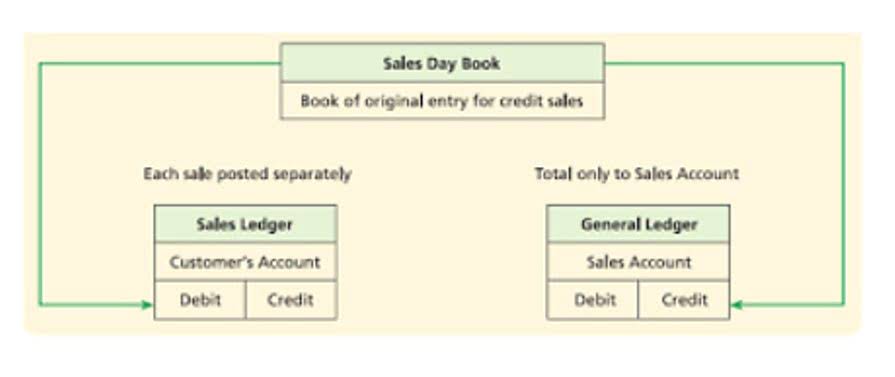
For example, a business might state, “Our standard work hours are Monday to Friday from 8 a.m. – 5 p.m.” If employees take a one-hour lunch, then the available hours per workweek is 40 hours (eight hours a day x five days a week). With the variety of working options available today some employees may work part-time while others may only fte meaning work at certain times of the year or in several other flexible ways. This metric provides a useful way to measure all of the hours worked by each type of employee thereby helping businesses organize their headcount more effectively. FTE stands for full-time equivalent and measures how many full-time employees an organization has.

Calculating FTEs for individual employees
She has been researching several strategies for how productivity and time management might assist a business in effectively managing its time flow. Whether you hire employees as part time or full time depends on your business needs and local regulations. A part-time workforce might save you money in wages and benefits but https://www.bookstime.com/ could, in turn, cost more in rehiring and training. To identify the FTE for part-time positions, divide the total number of part-time hours worked by the number of hours worked by one full-time worker. In our example, we will divide the total hours worked by Employees D and E by the number of hours worked by Employees A.
- Knowing your number of FTEs is important for assessing business performance, and it’s required under the Affordable Healthcare Act (ACA) and for certain tax credits.
- In most cases, employers fall below the threshold required to be an ALE and are, therefore, not subject to the employer shared responsibility provisions.
- You can use your business’s definitions for full-time and part-time employees.
- HR can analyze FTE ratios to ensure the workforce alignment supports desired cultural goals.
- There are different methods for calculating FTE, depending on the organization’s needs and the complexity of its workforce.
- Integration of FTE data with workforce analytics enhances strategic decision-making, providing insights into workforce dynamics, trends, and performance metrics for effective planning and execution.
Step 3: Sum Up All the Work Hours
- Many regulatory requirements, like compliance with labor laws and benefit programs, are based on Full Time Equivalent counts.
- Full Time Equivalent calculations are crucial for determining staffing needs and optimizing resource allocation.
- To do that, you need to divide the total number of hours worked by your part-time employees by the total number of annual hours worked by 1 full-time employee.
- Such calculations facilitate accounting processes such as estimating wages, payroll, costs, etc.
- Full-time employees usually work more than 30 hours a week or more than 4 days a week.
If an organization considers full-time to be a 40-hour working week then one full-time employee will count as 100% FTE. 100% FTE can also be achieved in several other ways, for example, through two part-time employees (who each work 20 hours per week) or four employees who work 10 hours per week. You can use your business’s definitions for full-time and part-time employees. When you apply for a PPP loan, you will need to include your documents showing the number of full-time equivalent employees on your payroll.

How is Full Time Equivalent Calculated?

The method for calculating FTE is slightly different for each of these uses. Below, we’ll look more closely at FTE, the equation for an FTE calculation, and why it’s an integral metric for understanding your company’s organizational needs. Keep reading for a comprehensive explanation on how to set yourself up for success with FTE calculations, or use the links below to jump to a section you’d like to learn more about. As was the case with the monthly FTE, this equation presumes that all work weeks had a total of 153 work hours.
What does FTE mean in salary?
- For the purposes of calculating FTE, most employers consider a full-time employee one who works between hours a week.
- So, in this case, you would add up all employee hours for the year and divide by 2,080.
- You can use the FTE total each week, month, or year to determine company growth.
- Pricing services feels like a high-stakes gamble for every business owner.
- Various FTE formulas accommodate different timeframes and employee types.
- In our example, we will divide the total hours worked by Employees D and E by the number of hours worked by Employees A.
- Various combinations can be created depending on the needs of the business.
By leveraging HRIS like Omni, organizations can elevate this process to the next level. Many regulatory requirements, like compliance with labor laws and benefit programs, are based on Full Time Equivalent counts. Accurate FTE calculations ensure your organization remains compliant with legal obligations and eligibility criteria for government programs and support that look at FTE. By comparing actual Full Time Equivalent counts with targeted FTEs, your organization can identify gaps in its workforce coverage and weed out any inefficiencies.
The Significance of FTE in Business

The importance of determining FTE
